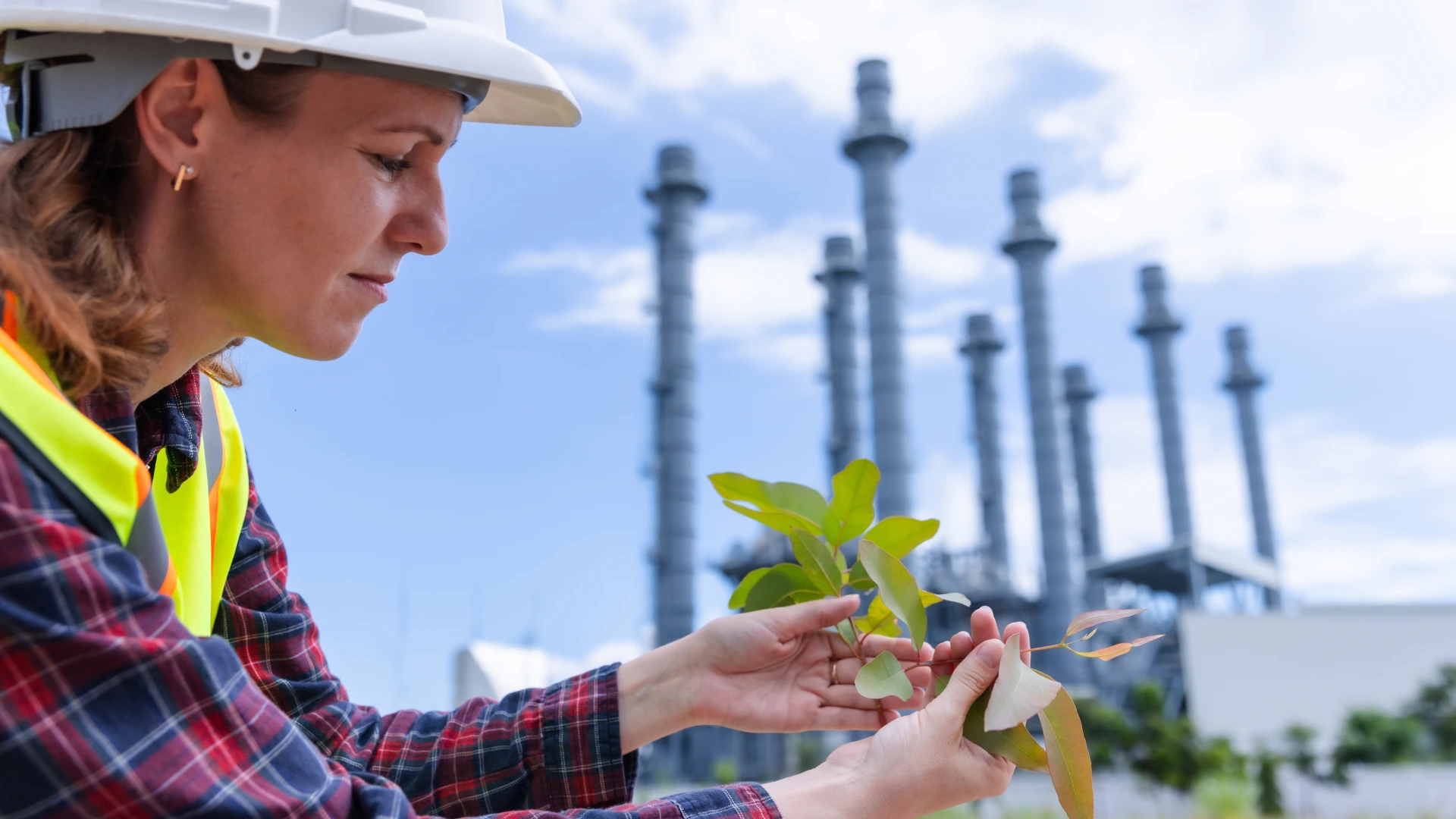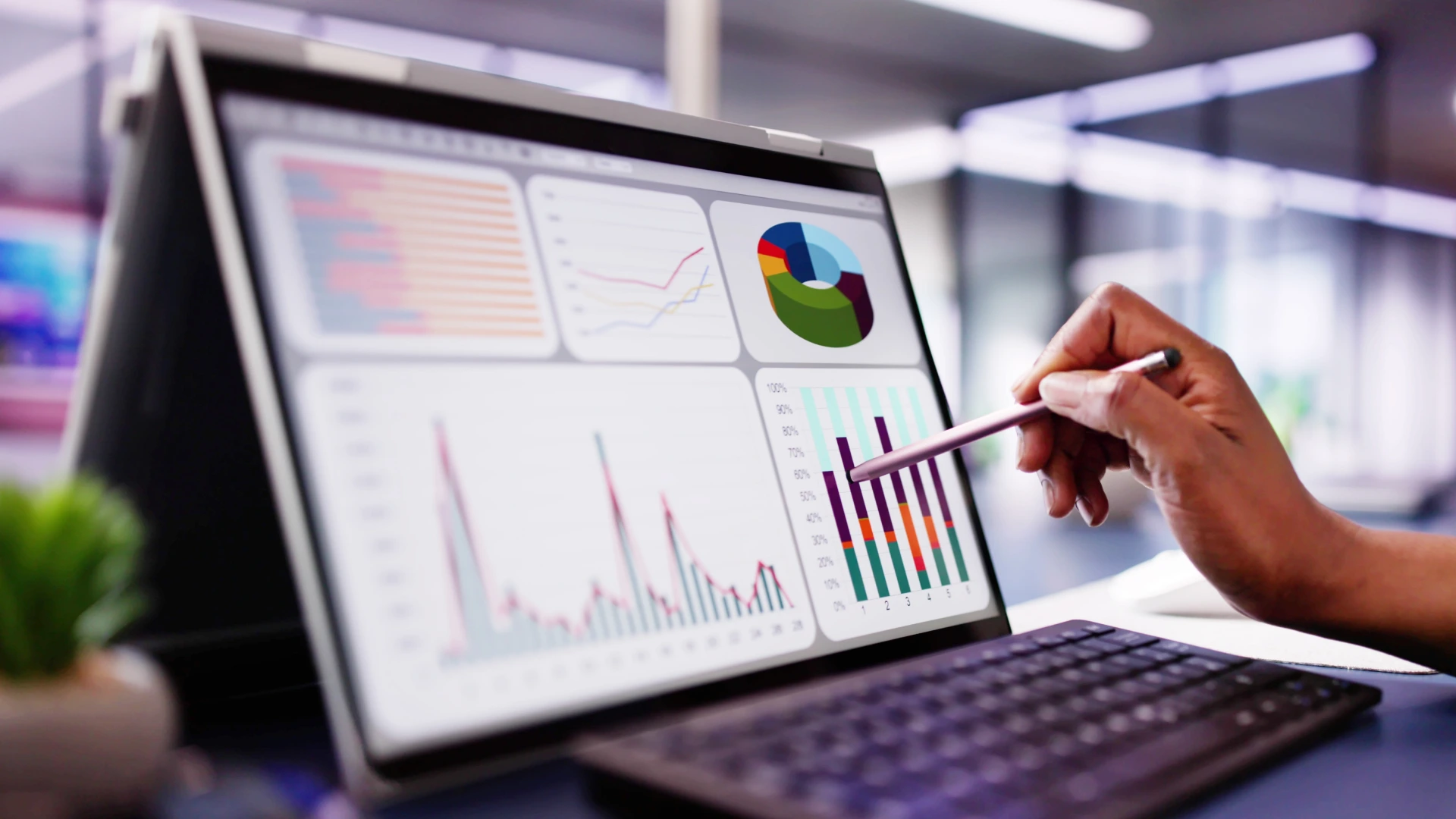Want a faster, cheaper website that users love and Google rewards?
Sustainable web design gets you there – and happens to reduce your carbon footprint. Forget the polar bears for a second. This is about saving real dollars, boosting performance, and future-proofing your site.
I’ve been implementing these principles for years, and here’s what nobody tells you: sustainable websites consistently outperform bloated ones. Lower hosting costs, better SEO rankings, happier users. And yeah, they use less energy too.
Let me show you exactly how to build websites that are lean, fast, and profitable – while cutting your carbon footprint by 40-60%.
Why your website probably sucks (environmentally and financially)

Most websites are like gas-guzzling SUVs – oversized, inefficient, and expensive to run.
The average web page is now over 2MB. That’s insane. Every time someone loads that bloated mess, servers spin up, networks fire data across continents, and devices burn through battery processing unnecessary code.
And you wonder why your hosting bills are high and your bounce rates suck.
Here’s what’s actually happening:
- Server costs: Bloated sites need more server resources = higher hosting bills
- Load times: Heavy pages take forever to load = users bounce
- SEO penalties: Google actively punishes slow sites = lower rankings
- Mobile performance: Data-heavy sites destroy mobile experiences = lost customers
The kicker? Fixing these issues for sustainability reasons automatically fixes your performance problems. It’s like getting paid to be environmentally responsible.
The business case that actually matters
Forget the environmental guilt trip. Let’s talk money and metrics.
In my experience auditing websites, the same issues appear repeatedly:
- Hosting costs drop 30-50% from reduced server load
- Page speed improves 40-70% from optimization
- Conversion rates increase 15-25% from better performance
- SEO rankings improve from faster Core Web Vitals
These aren’t anomalies. This is what happens when you stop wasting resources.
I’ve seen hosting costs drop by half just from implementing these practices. Sites that were bleeding money on oversized infrastructure suddenly run lean and fast. The pattern is consistent – optimize for sustainability, watch your bills shrink.
Stop thinking about this as “green initiatives.” Think about it as performance optimization that happens to help the planet.

How websites actually waste energy (and your money)
Before fixing problems, you need to understand where the waste happens.
Server infrastructure waste
Your website runs on servers that never sleep. They’re consuming electricity 24/7, whether you have visitors or not. The more bloated your code and assets, the harder those servers work.
Think of it like leaving all your lights on in an empty office building. Except you’re paying the electric bill.
Data transfer bloat
Every image, script, and font on your site travels through multiple network nodes to reach users. Bigger files = more energy used in transmission = slower load times.
I regularly see sites loading 5MB hero images. That’s like shipping a package in a semi-truck when an envelope would do. The waste is staggering, and it shows up in slow load times and high bounce rates.
Processing overload
Once content reaches a device, it needs processing. Heavy JavaScript, complex animations, unoptimized images – they all drain battery life and slow performance.
Your users’ phones are working overtime to display your inefficient site. No wonder they bounce.
Core principles that actually work

Stop trying to memorize complex frameworks. Focus on these fundamentals:
1. Ship less shit
The fastest, greenest byte is the one you never send. Before optimizing, ask: “Does this need to exist?”
- Images: Do you really need 15 photos on your homepage?
- Scripts: How many analytics tools are you actually using?
- Fonts: System fonts load instantly and look fine
- Features: That parallax effect adding real value?
I’ve seen sites cut 60% of their weight just by removing stuff nobody used.
2. Optimize what remains
For everything that makes the cut, optimize ruthlessly:
- Modern image formats: WebP and AVIF are 30-50% smaller than JPEGs
- Lazy loading: Load images only when users scroll to them
- Code splitting: Send only the JavaScript needed for each page
- Compression: Enable GZIP/Brotli for all text assets
BTW – this is where most people stop. But the real gains come from the next principles.
3. Choose infrastructure wisely
Your hosting choice matters more than any optimization:
- Green hosting: Providers using renewable energy (not just carbon offsets)
- CDN usage: Serve content from servers closer to users
- Efficient platforms: Static sites use 90% less energy than WordPress
- Right-sized resources: Stop paying for servers you don’t need
4. Design for efficiency
Sustainable design isn’t minimalism – it’s thoughtful efficiency:
- Mobile-first: Design for the constraints that matter
- Dark mode options: OLED screens use 60% less power in dark mode
- Reduce animations: Subtle > resource-intensive
- Progressive enhancement: Core functionality first, enhancements second
Implementation that doesn’t suck
Theory’s nice. Let’s get practical.
Day 1: Audit your current disaster
Before fixing anything, measure where you stand:
Carbon footprint check:
- Go to websitecarbon.com
- Enter your URL
- See how much CO2 your site generates per visit
- Multiply by monthly visitors for total impact
Performance baseline:
- Run Google PageSpeed Insights
- Check GTmetrix for detailed breakdowns
- Note your Core Web Vitals scores
- Screenshot everything for comparison
Most sites score terribly. That’s good – means easy wins ahead.
Week 1: Quick wins that matter
Start with changes that take hours, not weeks:
Image optimization blitz:
- Convert images to WebP (use Squoosh.app)
- Implement lazy loading (one line of HTML)
- Size images properly (no 4000px wide photos for 400px spaces)
Code cleanup:
- Remove unused CSS (PurgeCSS works great)
- Delete old JavaScript libraries
- Combine and minify files
- Enable browser caching
Content audit:
- Delete pages nobody visits
- Combine similar content
- Remove outdated PDFs and downloads
I typically see 20-30% improvements just from week one changes.
Month 1: Infrastructure overhaul
Now tackle the bigger stuff:
Hosting migration:
- Research green hosting providers (I like Kinsta, GreenGeeks)
- Compare renewable energy commitments
- Check for built-in CDN options
- Plan migration during low-traffic periods
Platform decisions:
- Static site generators for content sites (Astro, 11ty)
- Headless CMS for dynamic needs
- Avoid WordPress unless absolutely necessary
Development workflow:
- Set up build optimization (Vite is incredible)
- Implement automated image processing
- Create performance budgets
Ongoing: Measure and iterate
Sustainability isn’t a one-time project:
Monthly checks:
- Carbon footprint trends
- Performance metrics
- Hosting resource usage
- User engagement stats
Quarterly reviews:
- Full site audits
- Technology updates
- Infrastructure optimization
- Cost/benefit analysis
Real tools that actually help
Stop reading about tools. Start using them.
For measurement
Website Carbon Calculator: Free, instant carbon footprint analysis EcoPing: Continuous monitoring of site emissions GTmetrix: Detailed performance analysis with sustainability insights
For optimization
Squoosh: Google’s image optimizer (seriously good) PurgeCSS: Removes unused styles automatically Cloudflare: CDN with green initiatives and optimization tools
For development
Vite: Lightning-fast build tool with tiny output Astro: Static site generator built for performance Partytown: Moves third-party scripts off main thread
For hosting
Green providers that don’t suck:
- Kinsta: 100% renewable energy, great performance
- GreenGeeks: 300% renewable energy match
- Krystal: UK-based, 100% renewable
Stop researching. Pick one and move.
Common excuses (and why they’re BS)

Let me address the objections I hear constantly:
“But my site needs all these features”
No, it doesn’t. I’ve audited hundreds of sites. Most features go unused. Track actual usage before claiming something’s essential.
“Green hosting is expensive”
Wrong. Green hosts are competitively priced. Plus, optimized sites need fewer resources = lower tier plans.
“This sounds like a lot of work”
Compared to what? Paying high hosting bills forever? Losing customers to slow load times? The ROI is typically under 6 months.
“My clients won’t care”
They care about speed. They care about costs. They care about SEO. Frame it as performance optimization.
“We need our brand videos”
Fine. But serve them efficiently. Use modern formats, lazy load, offer low-bandwidth options.
Stop making excuses. Start optimizing.
The metrics that actually matter
Forget vanity metrics. Track what impacts your business:
Performance indicators
Core Web Vitals: Google’s official speed metrics
- LCP (Largest Contentful Paint): Under 2.5 seconds
- FID (First Input Delay): Under 100 milliseconds
- CLS (Cumulative Layout Shift): Under 0.1
Resource metrics:
- Total page weight: Aim for under 1MB
- Number of requests: Under 50 is good
- Time to interactive: Under 3 seconds
Sustainability metrics
Carbon per visit: Under 0.5g CO2 is excellent Energy per page load: Track monthly trends Green hosting percentage: Aim for 100% renewable
Business metrics
Hosting costs: Should decrease 30-50% Bounce rate: Should drop as speed improves Conversion rate: Even 0.1 second improvements help
Track these monthly. Improve systematically.
Future-proofing your digital presence
This isn’t just about today. It’s about staying ahead.
Regulations are coming
The EU is already drafting digital sustainability requirements. California’s following. Get ahead of compliance requirements now.
Consumer expectations are shifting
73% of millennials will pay more for sustainable products. That includes digital experiences. Your green credentials will matter.
Technology is evolving
Edge computing, better compression, efficient frameworks – the tools keep improving. Build flexibility into your approach.
Costs will only increase
Energy prices aren’t going down. Hosting costs follow energy costs. Efficiency becomes more valuable every year.
Believe me when I say this – the sites built sustainably today will outperform and outlast the bloated ones.


Your action plan (do this today)
Stop reading. Start doing.
Right now (5 minutes):
- Check your carbon footprint at websitecarbon.com
- Run PageSpeed Insights for baseline metrics
- List your three biggest image files
This week:
- Optimize those images with Squoosh
- Implement lazy loading
- Delete unused plugins/scripts
This month:
- Audit your hosting situation
- Create a migration plan if needed
- Set up monthly monitoring
This quarter:
- Implement full optimization plan
- Measure results and ROI
- Document the process for other sites
The best time to start was last year. The second best time is today.
The bottom line

Sustainable web design isn’t about sacrifice. It’s about building better websites that cost less to run and perform better for users.
Every optimization you make for sustainability directly improves user experience and your bottom line. Faster sites. Lower costs. Better rankings. Happier users.
And yeah, you’ll reduce your carbon footprint by 40-60% in the process.
Stop treating this like optional environmental virtue signaling. Start treating it like the competitive advantage it actually is.
Your competition is already moving on this. Are you?









